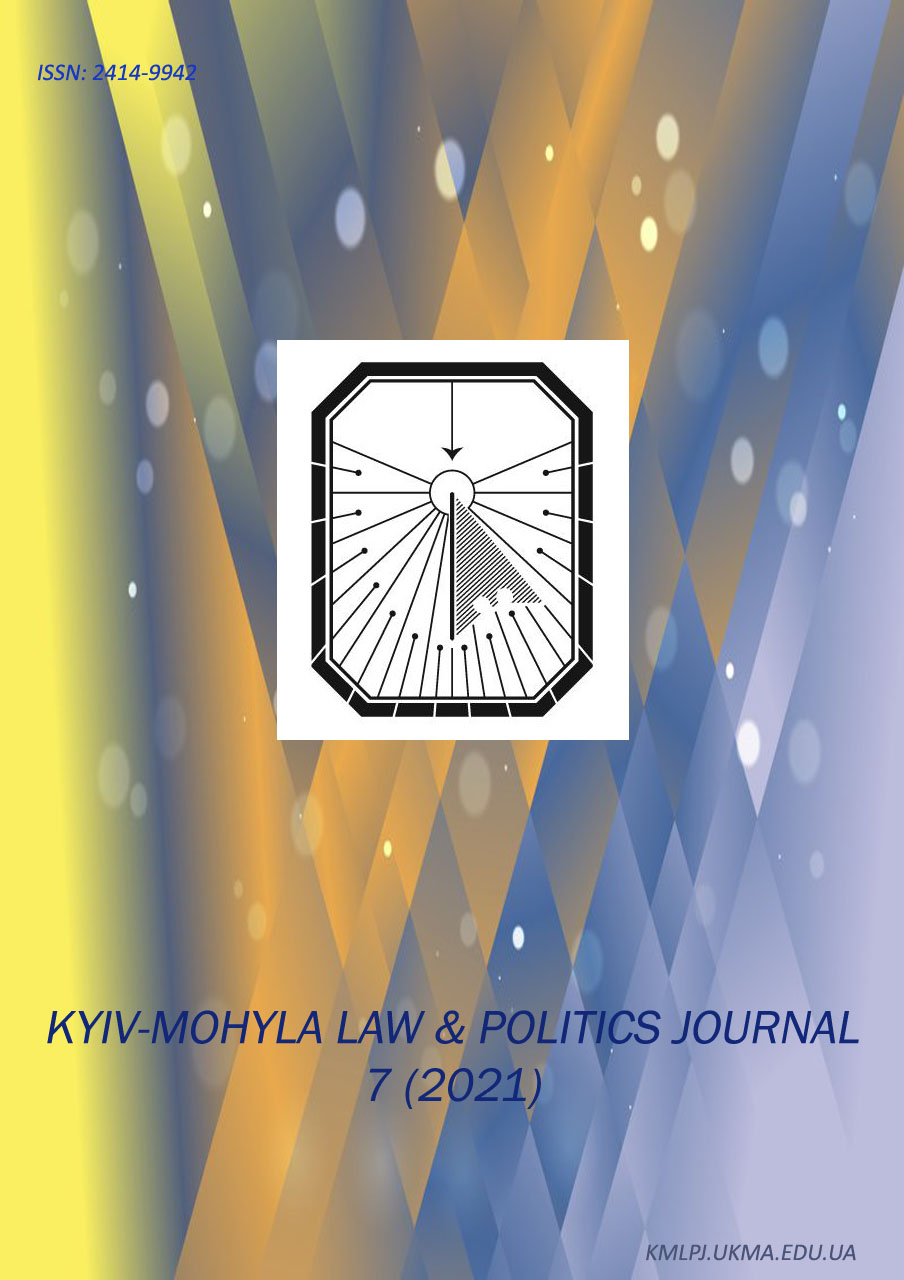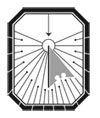Symbols in the Ukrainian Public Discourse (Analysis of Presidential Speeches on the Occasion of Constitution Day)
DOI:
https://doi.org/10.18523/kmlpj249911.2021-7.109-127Keywords:
discourse analysis, public discourse, symbols, semantics, media analytics, mass communicationAbstract
This article develops the understanding of symbols as a certain type of signs, the meaning of which is established by agreement or habit. There is an opinion that symbols in public discourse are a reflection of values and anti-values of the society, which are formed in the process of mass communication. This article identifies the main features of the characters, including emotional engagement, attachment to a particular act of communication, as well informativeness. The types of meaning are determined, and the mechanism of nomination is explained. The article reveals the concept of semantic competition. M. Edelman’s opinion that value structures can be divided into mono-, bi- and multimodal — depending on the number of values assigned to key symbols. The presidential speeches delivered before the Ukrainian Constitution Day in 2017–2020 were analyzed in this article. Thanks to the content analysis of emotionally colored words, the symbols, which are characteristic for the speeches of P. Poroshenko and V. Zelensky, were identified focusing both on similarities and differences of Ukrainian values and anti-values. This article analyzes the nominations used by speakers to give meaning to key symbols. Aspects of semantic competition of the key symbols are defined here as well. It was revealed that during the tenure of President Poroshenko, other symbols circulated mostly in the Ukrainian public discourse than those during the presidency of V. Zelensky. Among the common key values for both presidents, we can find “Constitution,” “Constitution Day” and “freedom”. There is a semantic competition in their use. Both presidents underline the negative meaning of the term “parliamentary immunity.” Poroshenko expresses the threat using symbols such as “Russian aggressor”, “fifth column,” “corruption,” “Russian Empire” and “war.” On the other hand, V. Zelensky does not use symbols of external threat. It was found that the value structure formed by Poroshenko’s speeches showed signs of bimodality, and the one created by V. Zelensky’s speeches — multimodality.
Downloads
Published
How to Cite
Issue
Section
License
Copyright (c) 2021 Solomiia Kryvenko

This work is licensed under a Creative Commons Attribution 4.0 International License.
Kyiv-Mohyla Law and Politics Journal provides free access to original research without restriction barriers (i.e. subscription fees, licensing fees etc.).
Unless otherwise indicated, content is licensed under the Creative Commons Attribution 4.0 International (CC BY 4.0) license, which means you are free to:
distribute, remix, tweak, and build upon your work, even commercially
...provided that any use is made with attribution to author(s) and Kyiv-Mohyla Law and Politics Journal.
The copyright in the article or any other submission to Kyiv-Mohyla Law and Politics Journal shall remain with the author(s).
The journal allows the author(s) to hold the copyright without restrictions and will retain publishing rights without restrictions.





